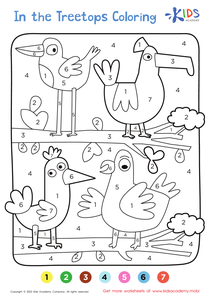Chess rules understanding Grade 1 Worksheets
4 filtered results
-
From - To
Unlock the world of chess for your Grade 1 students with our engaging Worksheets focused on understanding chess rules! Designed to simplify concepts, these printable resources enhance early cognitive skills while making learning fun. Students will grasp essential rules, familiarize themselves with pieces and their movements, and develop strategic thinking through interactive exercises. Each worksheet features colorful illustrations and easy-to-follow instructions, ensuring an enjoyable learning experience for young minds. Ideal for classroom activities or home practice, these worksheets provide a solid foundation in chess, paving the way for critical thinking and problem-solving skills. Start your child’s chess journey today!


Short Notation of Moves Worksheet


Chess Manners Worksheet


Castling No - no's: Part 2 Worksheet


How Bishops Move Worksheet
Understanding chess rules is essential for Grade 1 students, as it fosters critical cognitive skills and social development. At this age, children are beginning to grasp fundamental concepts of strategy, concentration, and problem-solving, all of which chess incorporates. Learning the rules of chess not only teaches them how to play the game, but it also instills discipline and patience, encouraging them to think ahead and contemplate the consequences of their actions.
Moreover, chess promotes a sense of sportsmanship and respect for opponents and the game itself. By understanding the rules, children learn to celebrate victories gracefully and respond to defeats with resilience. This emotional growth is vital at a young age, as it lays the groundwork for teamwork and collaboration in future social settings.
For parents and teachers, promoting chess encourages educational play, creating an engaging way for students to enhance their academic skills. It’s an excellent opportunity for family bonding and can serve as a fun introduction to mathematical concepts and logical reasoning. Ultimately, fostering an early understanding of chess and its rules prepares children not just for the game itself, but for various life lessons that are integral to their holistic development.
 Assign to My Students
Assign to My Students




















